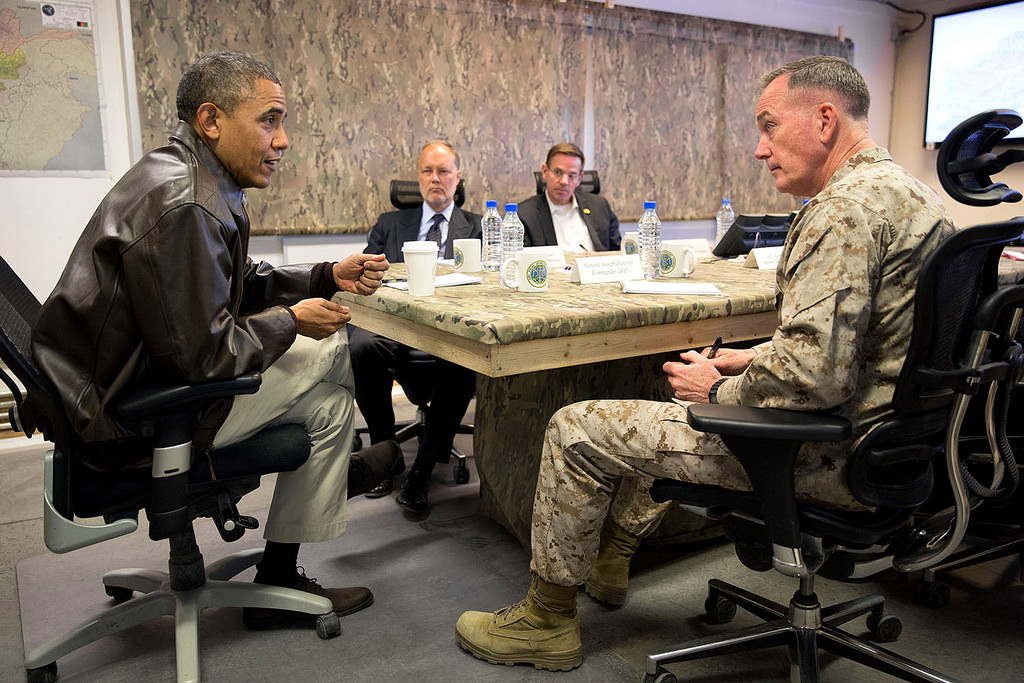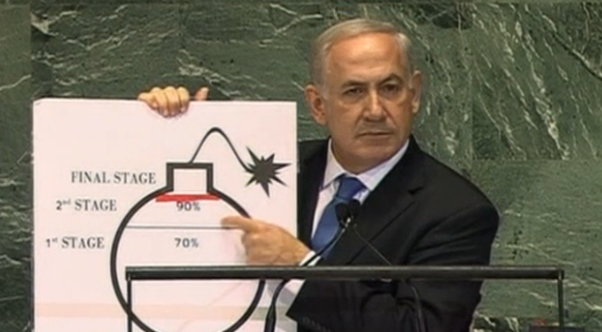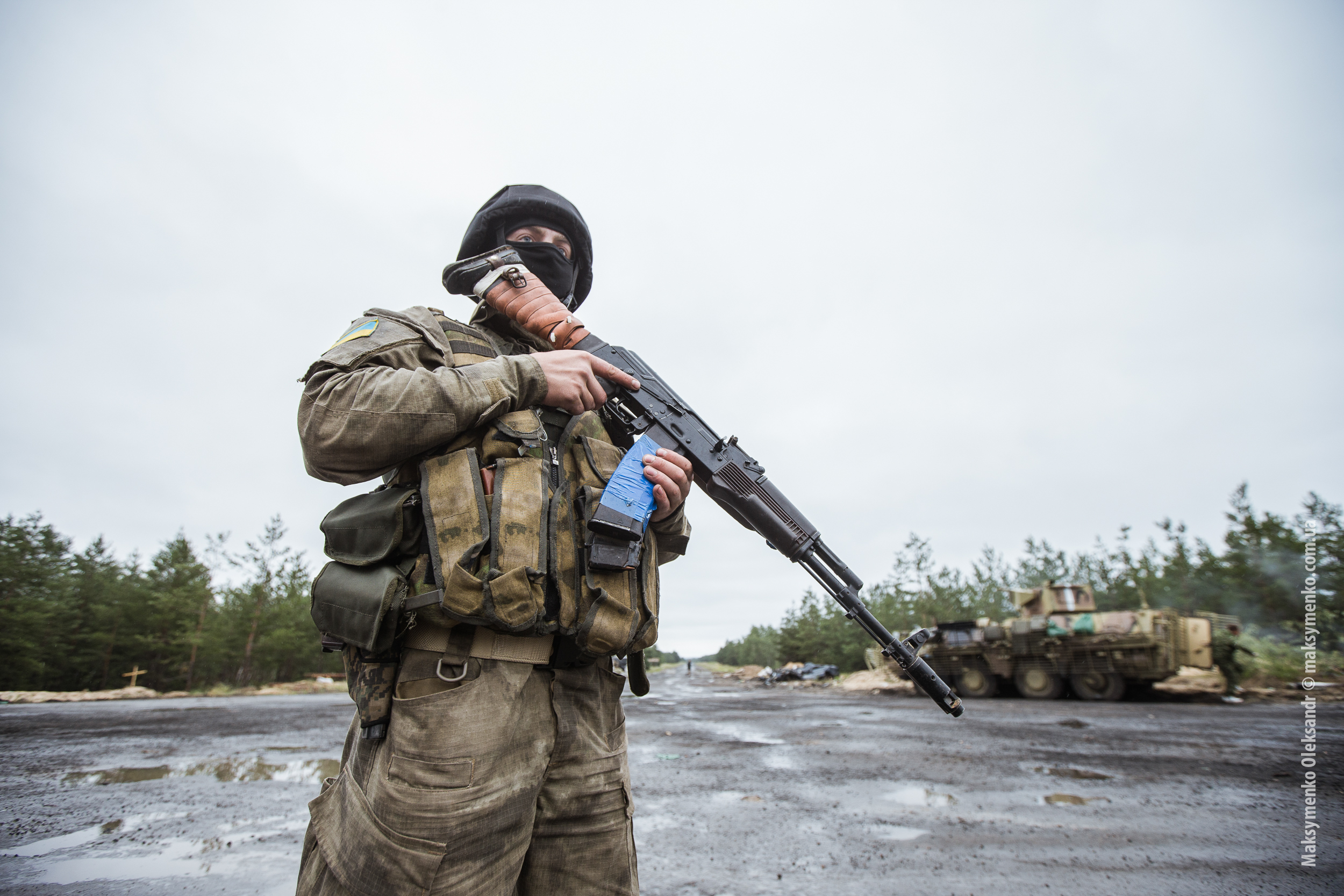By Loosineh Markarian for Denver Dialogues.
Armenia’s “velvet revolution”, dubbed as the “revolution of love and tolerance”, occurred against the backdrop of rising authoritarian tendencies globally and in a region characterized by authoritarian politics. Opposition leader turned Prime Minister Nikol Pashinyan led a widespread campaign of civil disobedience against the former president Serzh Sarkissian (2008-2018), his Republican Party of Armenia (RP), and the dominant oligarchy. After serving two terms as president, Sarkissian assumed the premiership—a move many evaluated as a power-grab—in Armenia’s newly established parliamentary system.
What began as a protest against Sarkissian’s power-grab eventually resulted in the removal of Sarkissian and a new political opening in Armenia. The youth, known as the “independence generation”, has been organizing horizontally, usually against specific policy decisions but also against the oligarchy more broadly. What these movements lacked before now were: (1) strong ties to the political opposition, and (2) a coherent strategy of translating a demand for change into actual “regime change”. Pashinyan, a former editor, long-time activist, political prisoner, and a member of opposition in the parliament, successfully filled these gaps. Pashinyan effectively mobilized the youth by encouraging them to engage in decentralized acts of civil disobedience. He also kept his initial demands limited to Sarkissian’s removal. Sarkissian’s resignation as the head of the RP on April 23rd sparked a crisis of legitimacy which, in turn, fueled new demands to limit RP’s power.
Historically, the RP has dominated all three branches of Armenian government. In doing so, it has successfully marginalized and divided the political opposition. Partially due to limited access to institutional and material resources, opposition parties have remained weak and coalitions have been short-lived and volatile. In the absence of a serious opposition, the RP has allowed a degree of freedom of speech and civil society organization. While civil society criticized and protested, the RP maintained its position in governing institutions, primarily by rigging the elections. Even when these earlier social protests succeeded in changing policy outcomes, they did not threaten the ruling elites’ power.
The “velvet revolution”, however, caught the RP off-guard. It seems that Serzh Sarkissian (and the RP) underestimated the ability of the political opposition and broader society to unite around a single cause. They also underestimated Pashinyan’s commitment and ability to learn from past campaigns’ mistakes. In the end, a degree of openness that allowed the RP to govern alongside a weak opposition and a contained civil society facilitated the eventual organization and unification of these two forces against the ruling elite.
What lessons can we learn from recent changes in Armenia?
First, deviating from the experiences of Georgia’s Rose Revolution and Ukraine’s Euromaidan, Armenia’s civil resistance was strictly pro-Armenian. Russia, surprisingly, remained neutral and Putin was quick to congratulate Pashinyan. Given past Russian behavior toward revolutions in its sphere of influence, what explains this neutrality? While Armenia has long pursued a foreign policy approach known as “complementarianism” — balanced diplomacy with regional and international actors – it has always maintained a particularly close relationship with Russia. For example, in 2013 Russia leveraged Sarikissian to join the Eurasian Economic Union, halting Armenia’s attempt to sign an association and free trade agreement with the EU. Furthermore, Armenia is also a member of Collective Security Treaty Organization and has strong military ties with Russia.
Despite these strategic ties, Armenia recently signed a Comprehensive and Enhanced Partnership Agreement with the EU, primarily focusing on political and regulatory reforms. It appears that by solidifying its economic and military cooperation with Russia, Armenia gained some room to maneuver. Meanwhile, Pashinyan stressed that Armenia will remain Russia’s strategic partner. He has emphasized domestic political reforms expanding on the agenda already discussed by Sarkissian’s government and the EU prior to the revolution, and promised continuity in Armenia’s foreign policy. In effect, Pashinyan decoupled domestic politics from geopolitical considerations and, as a result, successfully curbed possible Russian interference in Armenia’s domestic politics – at least for now.
Whether or not Pashinyan will deliver remains to be seen. His interim government still has to hold parliamentary elections and until then has to work with an RP majority in the parliament and an ineffective judiciary. No matter the outcome, however, Armenia’s velvet revolution has broader significance for regional politics — especially with its successful strategy of decoupling political democratization from foreign policy orientation. Armenia showed that, if threaded carefully, there is a possibility to exercise domestic political sovereignty and still remain a Russian ally. This revolution did not attack Russia directly, but it undermined the export of a Putin-like style of governance. Ultimately, Armenia’s peaceful demonstrations are yet another example of the effectiveness of peaceful civil resistance as a strategy for change.
Loosineh Markarian is a recent PhD graduate of the Josef Korbel School of International Studies.








1 comment